Is addiction one thing or many things?
Hi again. My work was recently criticized (politely) by a respected philosopher — Owen Flanagan — who specializes in the study of addiction. Here is a very nice article of his, on the topic of addiction and shame. His point was that the word “addiction” is an umbrella term used to refer to many distinct and diverse phenomena, and it is therefore unhelpful and should be replaced. If he’s right, then obviously I’m not the only perpetrator. Most of us in this field use the term “addiction” to describe what we see as a holistic phenomenon. But that doesn’t mean he’s wrong.
I’ve had to take a break from blogging because I’ve been so busy writing pieces for a journal called Neuroethics. I sent them a fairly dense article about a year ago, basically a summary of my book. I vowed to myself that this would be my final piece of academic writing. I much prefer writing “pop science” these days. Surprised? Anyway, I was told that my piece would be followed by several  commentaries, and half a year later the total came to 15 — shock! — many from well-known researchers and journalists, including Kent Berridge, George Ainslie, Maia Szalavitz, and Sally Satel. The punchline for me was that I had to write replies to each of these commentaries, to be printed along with them in the journal. And let me tell you, these were sculpted pieces of academic writing — some of them many pages in length — so I’ve had to sweat blood to reply to them. And I’ve still got more than half left to do.
commentaries, and half a year later the total came to 15 — shock! — many from well-known researchers and journalists, including Kent Berridge, George Ainslie, Maia Szalavitz, and Sally Satel. The punchline for me was that I had to write replies to each of these commentaries, to be printed along with them in the journal. And let me tell you, these were sculpted pieces of academic writing — some of them many pages in length — so I’ve had to sweat blood to reply to them. And I’ve still got more than half left to do.
Enough whining?
So let me share with you a few paragraphs from my reply to Flanagan — edited as a brief stand-alone: my answer to the claim that “addiction” is too general a term, given all the distinctions it tries to cover.
According to Flanagan, we should recognize that different attractions to different substances or behaviors really are distinct, and that the umbrella term “addiction” does the field a disservice by  lumping them all together. So, he said, it’s a good thing that the DSM has dropped “addiction” (almost) from its vocabulary. Just like the phrase “nervous breakdowns” has disappeared from the popular lexicon: it’s about time we got rid of the outmoded term “addiction.” The culprit, for him, is imprecision. Addiction is an imprecise term, and worse, it brings with it “many problematic accretions and connotations” — no doubt he means accusations of blame, self-indulgence, moral decay, and the resultant stigmatization of addicts.
lumping them all together. So, he said, it’s a good thing that the DSM has dropped “addiction” (almost) from its vocabulary. Just like the phrase “nervous breakdowns” has disappeared from the popular lexicon: it’s about time we got rid of the outmoded term “addiction.” The culprit, for him, is imprecision. Addiction is an imprecise term, and worse, it brings with it “many problematic accretions and connotations” — no doubt he means accusations of blame, self-indulgence, moral decay, and the resultant stigmatization of addicts.
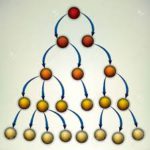 So Flanagan replaces the word “phenomenon” with “phenomena.” But what are these distinct entities? To me this is like trying to describe and differentiate the various species included under the label “birds” — so that we can do away with the term “bird” altogether. Is that a good idea?
So Flanagan replaces the word “phenomenon” with “phenomena.” But what are these distinct entities? To me this is like trying to describe and differentiate the various species included under the label “birds” — so that we can do away with the term “bird” altogether. Is that a good idea?
It may seem surprising but Flanagan and I agree on the value of finer distinctions in talking about the phenomena comprising what we’re in the habit of calling “addiction.” The variations in personality factors, the diversity of negative feelings that fuel addictive tendencies, and the nature of the substances or behaviours themselves…altogether provide a cornucopia of distinctions that I think we should discuss and analyze in far greater detail. Here’s just one example:
I have long believed that the kinds of feelings and personality patterns that attract some people to psychostimulants are fundamentally different from those that attract others to opiates. I think that  people who get addicted to meth have tended to feel an absence of power, or commitment, or
people who get addicted to meth have tended to feel an absence of power, or commitment, or  relevance in their lives. They are most bothered by the flatness of their existence. Whereas people attracted to opiates (like me) are fundamentally afraid of losing warmth, acceptance, and connection with other people. We grow up feeling unsafe because we are hyper-aware of our aloneness, and the soothing quality of opiates eases the hurt.
relevance in their lives. They are most bothered by the flatness of their existence. Whereas people attracted to opiates (like me) are fundamentally afraid of losing warmth, acceptance, and connection with other people. We grow up feeling unsafe because we are hyper-aware of our aloneness, and the soothing quality of opiates eases the hurt.
So, lots of differences — important differences! But in my mind, that doesn’t erase the commonalities — the features that different addictions have in common. Such as the growing magnitude of our attraction to one reward at the expense of all others, the impulsive and then compulsive nature of that attraction, and the way that “now appeal” — a cognitive distortion that overvalues immediate rewards — funnels that attraction into a self-reinforcing cycle of thought and behaviour. In other words, all the stuff I wrote about in my recent book.
I believe that neuroscience can move us forward in specifying and understanding what different addictions have in common. But it can also help us understand the distinctions. Depression looks different from anger on a brain scan, impulse looks different from compulsion, and so forth. Our next step should be to discover the brain pathways that tie these mental states to specific addictive patterns.
 As for the term “addiction,” I don’t think replacing it with “substance use disorder” is going to get rid of the “many problematic accretions and connotations” Flanagan worries about. That kind of modernization of terminology doesn’t seem to help alienated or marginalized groups. For example, replacing “retarded” with “delayed” never erased the stigmatization of people who can’t think as quickly as others. So in this case, let’s not throw out the baby or the bathwater. Let’s continue to explore how all addictions embody fundamental changes in how we think, feel and act. But let’s also try to clarify how those changes take different forms, leading to different outcomes, for different people.
As for the term “addiction,” I don’t think replacing it with “substance use disorder” is going to get rid of the “many problematic accretions and connotations” Flanagan worries about. That kind of modernization of terminology doesn’t seem to help alienated or marginalized groups. For example, replacing “retarded” with “delayed” never erased the stigmatization of people who can’t think as quickly as others. So in this case, let’s not throw out the baby or the bathwater. Let’s continue to explore how all addictions embody fundamental changes in how we think, feel and act. But let’s also try to clarify how those changes take different forms, leading to different outcomes, for different people.




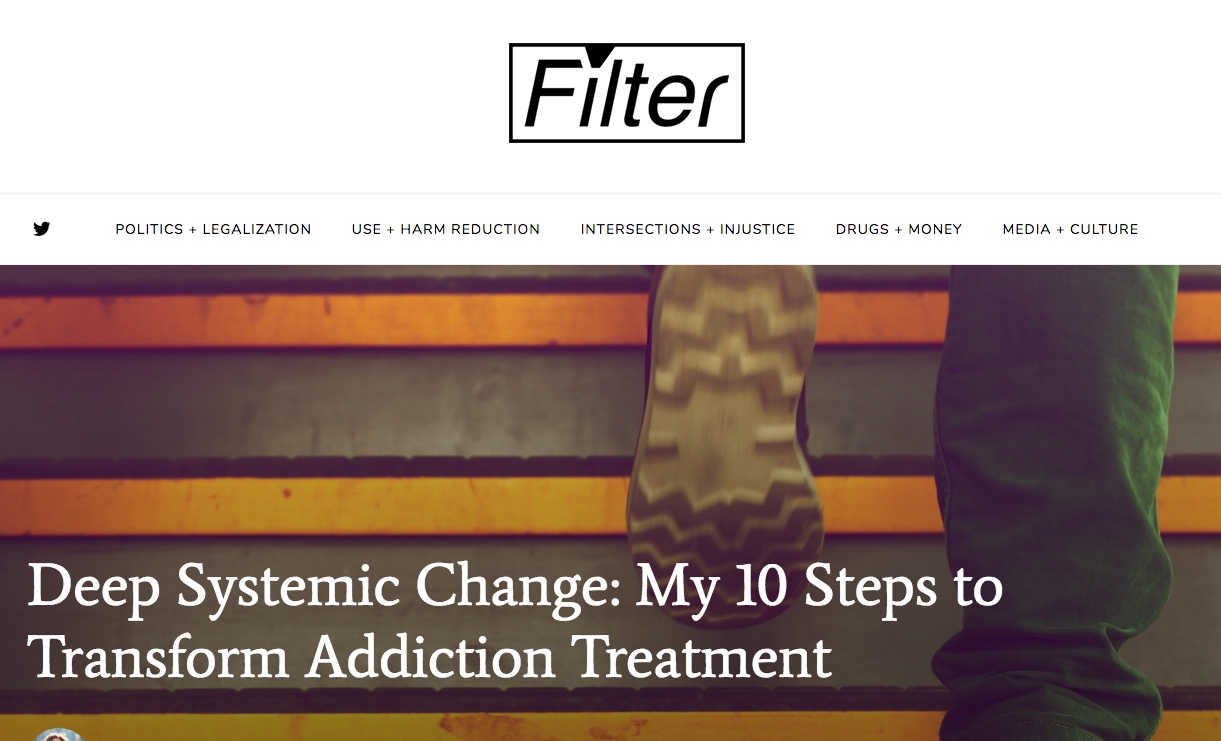
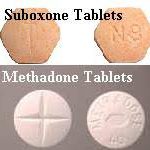 able to access these medications on demand—in hospitals, doctor’s offices, emergency rooms and syringe exchange programs…. No urines or counseling or abstinence from opioids or other substances should be required to get these drugs, just as those barriers are not imposed on people with other disorders who need medication.
able to access these medications on demand—in hospitals, doctor’s offices, emergency rooms and syringe exchange programs…. No urines or counseling or abstinence from opioids or other substances should be required to get these drugs, just as those barriers are not imposed on people with other disorders who need medication. Simultaneously…many doctors have
Simultaneously…many doctors have  The result is tens of thousands of patients—many of whom were formerly medically stable—being left in pain, increased disability and withdrawal.
The result is tens of thousands of patients—many of whom were formerly medically stable—being left in pain, increased disability and withdrawal.  into care for those who decide they do want additional help…If you are successfully managing any ongoing mental health issues, you don’t need to keep showing up at a clinic.
into care for those who decide they do want additional help…If you are successfully managing any ongoing mental health issues, you don’t need to keep showing up at a clinic.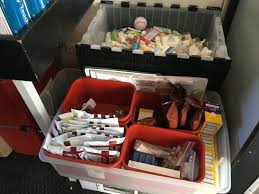 In order to save lives, we need safer consumption spaces (or better yet, call them “overdose prevention sites”) in areas where drug use and sales are concentrated…
In order to save lives, we need safer consumption spaces (or better yet, call them “overdose prevention sites”) in areas where drug use and sales are concentrated…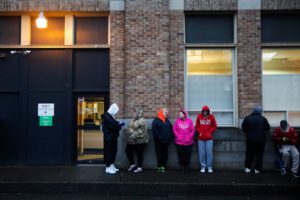 We also need shelters and housing, separate from those aimed at stabilization and abstinence, for people who are actively addicted, many of whom are also mentally ill and have symptoms related to severe trauma. When people have safe places to live and to use drugs, they are both much more likely to survive and much more likely to find ways to sustained recovery.
We also need shelters and housing, separate from those aimed at stabilization and abstinence, for people who are actively addicted, many of whom are also mentally ill and have symptoms related to severe trauma. When people have safe places to live and to use drugs, they are both much more likely to survive and much more likely to find ways to sustained recovery. also tend to be based on a 12-step ideology, which is fine for those who find that pathway amenable, but not for those who don’t—and not when that ideology is interpreted to stigmatize and discourage medication use.
also tend to be based on a 12-step ideology, which is fine for those who find that pathway amenable, but not for those who don’t—and not when that ideology is interpreted to stigmatize and discourage medication use.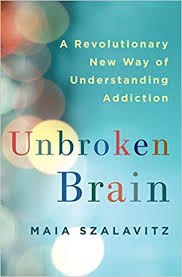 current administration—it may soon be possible.
current administration—it may soon be possible. Why is it so hard? Why is there so much suffering, in the world, in ourselves? That question comes up all the time, especially among us addicts (recovered or not). We’re not the only ones. We just tried to find a way out through the back door. The proportion of people in the Western World (e.g., the US) who suffer from
Why is it so hard? Why is there so much suffering, in the world, in ourselves? That question comes up all the time, especially among us addicts (recovered or not). We’re not the only ones. We just tried to find a way out through the back door. The proportion of people in the Western World (e.g., the US) who suffer from  One simple answer is that we evolved from physical matter to become the unfathomably sensitive and intelligent creatures we are. And evolution doesn’t concern itself with suffering. In fact suffering (struggle, loss, and death) is a big part of what drives it.
One simple answer is that we evolved from physical matter to become the unfathomably sensitive and intelligent creatures we are. And evolution doesn’t concern itself with suffering. In fact suffering (struggle, loss, and death) is a big part of what drives it. know, someone who has struggled on and off with addiction throughout his life. He told me of his childhood traumas and hardships, and of the brutal treatment received by his parents in an internment camp during World War II who, as a result, were never able to give him what he needed as a child. He sees himself as someone who has to struggle and persevere just to get through each day, fending off anxiety, depression, hopelessness, and meaninglessness — you know, the usual quartet of background singers.
know, someone who has struggled on and off with addiction throughout his life. He told me of his childhood traumas and hardships, and of the brutal treatment received by his parents in an internment camp during World War II who, as a result, were never able to give him what he needed as a child. He sees himself as someone who has to struggle and persevere just to get through each day, fending off anxiety, depression, hopelessness, and meaninglessness — you know, the usual quartet of background singers. present, accepting the ebb and flow of forces that sometimes bring happiness but undoubtedly bring suffering and lead, inevitably, to loss and death. And certainly these forces are intermingled with the disconnection, competition, and often cruelty that we face from other humans who are, when you stop and think about it, just as caught up in their own struggles to survive from day to day and hold onto a bit of happiness.
present, accepting the ebb and flow of forces that sometimes bring happiness but undoubtedly bring suffering and lead, inevitably, to loss and death. And certainly these forces are intermingled with the disconnection, competition, and often cruelty that we face from other humans who are, when you stop and think about it, just as caught up in their own struggles to survive from day to day and hold onto a bit of happiness. But there are other ways to think about it. Fairness is a construction we learn at around age five, and it has absolutely nothing to do with the natural universe. It’s just a social norm, a code for resolving petty rivalries. It’s no more relevant to nature than tea ceremonies or Facebook.
But there are other ways to think about it. Fairness is a construction we learn at around age five, and it has absolutely nothing to do with the natural universe. It’s just a social norm, a code for resolving petty rivalries. It’s no more relevant to nature than tea ceremonies or Facebook. In fact, we are lucky as hell to be here at all. And suffering is just part of the process that brought us here and that continues to give us the chance to evolve and, hopefully, to grow more intelligent, compassionate, and beautiful.
In fact, we are lucky as hell to be here at all. And suffering is just part of the process that brought us here and that continues to give us the chance to evolve and, hopefully, to grow more intelligent, compassionate, and beautiful.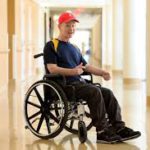 guy with Huntington’s Disease, a guy who is presently in the process of losing everything, his body and his mind. And he’s talking about connecting and accepting and loving. He’s nowhere close to despair. I’m only partway through and I can’t yet recommend it confidently, but take a look if you like. There are certainly gems of wisdom in the book, and even the fact that this guy can think this way and write this way is astonishing and uplifting.
guy with Huntington’s Disease, a guy who is presently in the process of losing everything, his body and his mind. And he’s talking about connecting and accepting and loving. He’s nowhere close to despair. I’m only partway through and I can’t yet recommend it confidently, but take a look if you like. There are certainly gems of wisdom in the book, and even the fact that this guy can think this way and write this way is astonishing and uplifting.

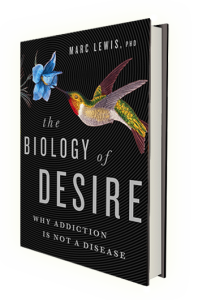 Informed by unparalleled neuroscientific insight and written with his usual flare, Marc Lewis’s The Biology of Desire effectively refutes the medical view of addiction as a brain disease. A bracing and informative corrective to the muddle that now characterizes public and professional discourse on this topic.” —Gabor Maté, M.D., author of In The Realm of Hungry Ghosts: Close Encounters With Addiction
Informed by unparalleled neuroscientific insight and written with his usual flare, Marc Lewis’s The Biology of Desire effectively refutes the medical view of addiction as a brain disease. A bracing and informative corrective to the muddle that now characterizes public and professional discourse on this topic.” —Gabor Maté, M.D., author of In The Realm of Hungry Ghosts: Close Encounters With Addiction
Recent Comments